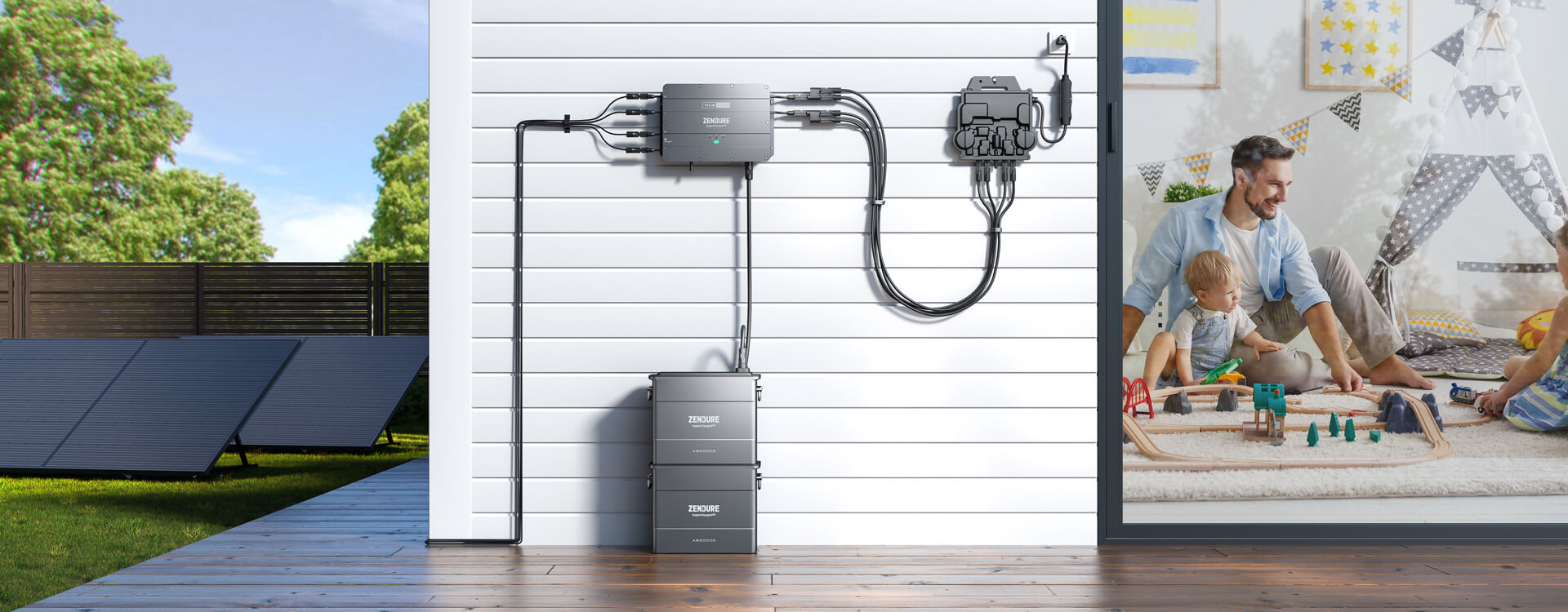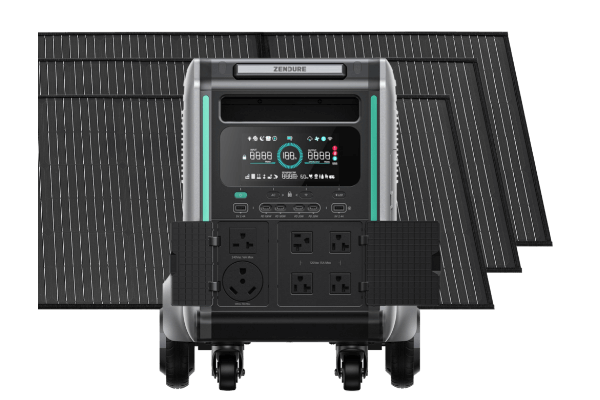Will iPhone and Android Phone Cost More in 2019?

If you get used to using quality iPhone and Android phones, they will, without doubt, cost you more in 2019. At this point, the starting price for Apple and Samsung phones like the iPhone XS and Galaxy Note 9 is $999. Other than that, more storage also means more money. Suppose that you want an iPhone XS with 512GB storage capacity, you’ll pay 35 percent more ($1,349).
High-technology is another contributing factor that pushes up the price, state-of-the-art 5G phones and foldable designs will be seen in the forthcoming “Galaxy X”, but they won’t be cheap. Moreover, other phone brands including Google, Huawei and OnePlus are also joining the rank, with the hope of amassing a big fortune out of this profitable industry.
While upscale phones are becoming more expensive. Mid-end models of these well-known brands are following suit. iPhone XR, for example, costs 7 percent more than last year’s entry-level iPhone 8, and 15 percent more than iPhone 7. What’s more, other than its phones, the prices of Apple’s other products in its lineup: new iPad Pro and MacBook Air, are also soaring compared with their previous models. Meanwhile, Apple tends to create wide price swings between entry-level products and versions with higher storage.
The steeping price is a defining trend. In fact, to some extent, we are to blame for it. Why? Just imagine the long queues in front of Apple Store when a new Apple product is rolled out.

In 2017, Apple was criticized for setting an overly high price-more than $1,000-for its iPhone X. Surprisingly, since it first went on sale in November 2017, more iPhone X was sold than any other Apple device before long. This is how consumers accepted the higher-price model. Shortly afterwards, other phone makers followed suit.
The phone has virtually become a device for almost all our daily needs such as communication, work, photography, entertainment or even study. Furthermore, as processing power, camera technology, battery life and internet data speeds gradually advance, the value added to a phone is certainly growing. Besides, money spent on the research and development of new and more cutting-edge materials and technologies are also included in the final price tag. Meanwhile, people have greater demand for various functions and quality components such as more storage, more sophisticated cameras, or more lenses on their phones as they rely on phones more than ever. Generally speaking, consumers are willing to pay a lot for a better experience of what has become the most important product in their lives.
Yep, Your Phone Costs More Year by Year
Phone prices from top brands are largely on the rise. If you compare today’s phone prices with the same model released several years back, an increase in price is instantly obvious.
OnePlus is a good example. Whenever a new model rolls out, the price of OnePlus would go up. The OnePlus 6 made its debut in June, which costs $529 and people have to buy OnePlus 6T, launched in October 2018, at a price of $549. A set of data may tell a clearer story: OnePlus 6T costs 37.6 percent more than the 2016 model in the US. If you buy the phone in British pounds, over the past two years, the phone could cost you 51.7 percent more.

Will 5G Push Up the Price?
Apple and Samsung’s sales do not look rosy in 2018, but phone makers will increase their profits per device to balance the difference, and that may mean raising the cost. Consequently, consumers need to pay for the price hikes.
Phone manufacturers will have more reasons to raise the price of their phones as 5G develops by leaps and bounds nowadays. To use 5G, it is required for phones to be equipped with totally new technology. Plus, phones have to be custom-made to work with a single carrier. In the initial stage of 5G phones, prices may increase by $200 or $300 per phone.

No Need to Worry, You Can Still Afford Middle-End Phones
Growing prices on high-end phones does not necessarily mean that all the phones will cost more.
Fierce competition continues in middle and low-end phones like Motorola Moto G6 and E5 families. They remain just about the same price each year: $250, £219 or AU$399 for Moto G6.
Huawei’s Honor brand as well as Xiaomi produce mid-price devices that are cost-effective. Nokia, Oppo, Asus and other brands also help narrow the gap worldwide by mass-manufacturing basic, affordable phones for not-so-demanding buyers.
While top phone manufacturers like Apple and Samsung are looking at higher prices and margins, for those with tighter budgets or more basic needs, there remains a massive demand for entry-level phones.























Hinterlassen Sie einen Kommentar